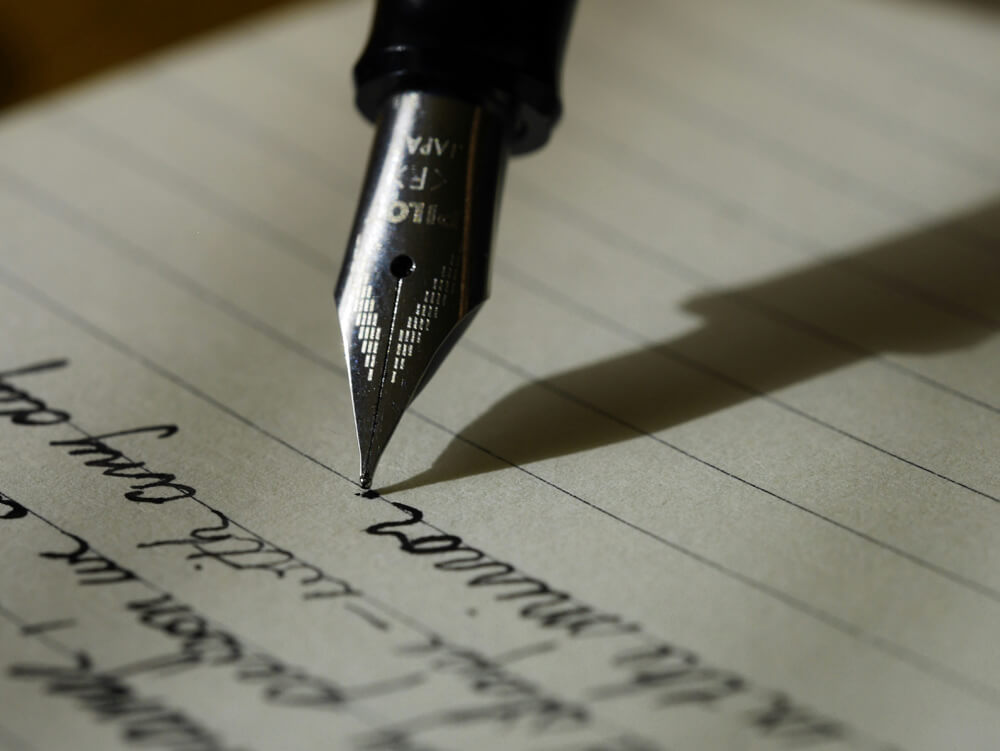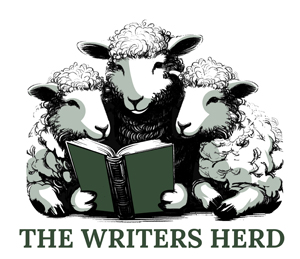Writing Essentials
The Creative Process Behind Poetry: A How-To Guide
Do you wish to be the next William Wordsworth? Recite tear jerking poetry to an unrequited love and make them fall in love? Would you like to express your words as easily as taking a breath? Well, I've got you covered with my how-to guide on writing poetry.
Well, I might be tooting my own horn, but as a fellow aspiring poet, I'd love to share how I at least write poetry that makes those satisfying connections line up in my head and make lovers swoon…
DISCLAIMER: I think poetry is not something that should be methodical (I know, how ironic that this is a 'How-To Guide').
I simply want to share the creative process that I have found works for me which may benefit you in some way.

Final Thoughts: Enjoy the Process
I don't believe there is a right way to write poetry. To me, it's about delving into areas you tend to avoid or neglect and make them into something beautiful.
My most important piece of advice is to enjoy the process and be mindful of what poetry brings you – it can be the most wonderful tool.
By Lily



